A servo motor is defined as an actuator that can be controlled precisely in terms of rotary and angular position. This type of motor is controlled with a specific angular 1 rotation with the help of an additional servomechanism. In general, this type of motor consists a simple electrical motor, attached to a servomechanism that affects the performance of the motor.
An open-loop DC servo motor consists of a system that has no feedback reference which can be referred to during the motor operation. Therefore, the system has no mechanism to determine errors or to verify whether the system is performing as expected. In the case of an open-loop DC servo motor, no feedback reference comes out from the servo motor which makes the servo system open-loop when connected to an external controller. However, this type of servo motor is not entirely open-loop. It has 8 an “internal feedback” mechanism that gives the position feedback to the servo controller inside the motor case.
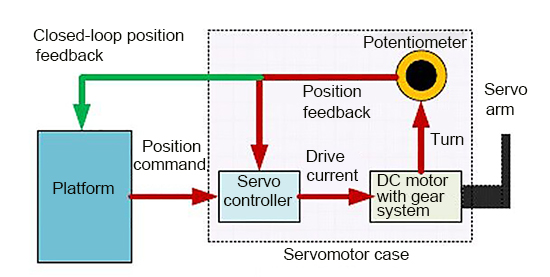
An open-loop DC servo motor consists of a system that has no feedback reference which can be referred to during the motor operation. Therefore, the system has no mechanism to determine errors or to verify whether the system is performing as expected. In the case of an open-loop DC servo motor, no feedback reference comes out from the servo motor which makes the servo system open-loop when connected to an external controller. However, this type of servo motor is not entirely open-loop. It has 8 an “internal feedback” mechanism that gives the position feedback to the servo controller inside the motor case.

Servo motors are widely used in various applications for their precision and accuracy in controlling angular or linear position, velocity, and acceleration. Like any other electrical or mechanical component, servo motors can experience faults and errors. Here are some common servo motor faults, errors, and troubleshooting tips.
Servo motors play a crucial role in various industrial applications, providing precision control and efficient performance. However, like any mechanical or electrical component, servo motors are susceptible to issues that can disrupt their operation. In this article, we will explore common troubleshooting techniques to identify and resolve problems encountered with servo motors.
Selecting the right servo motor is crucial for achieving optimal performance in various applications, from industrial automation to robotics. The diverse range of servo motors available in the market can make the selection process daunting. This article aims to provide a comprehensive guide on how to select a servo motor, taking into consideration key factors such as torque requirements, speed, precision, and other essential considerations.
Servo motor and stepper motor are almost used in all automated industries where high precision is to be achieved. Though servo and stepper motor can provide adequate torque with high accuracy, it is prominently important to choose the best one based on the performance ratio of these two motors. The decision for picking out the most appropriate of the two alternatives has many criteria. Hence the technical parameters such as speed, Torque, acceleration and competitive price are focused in this article.
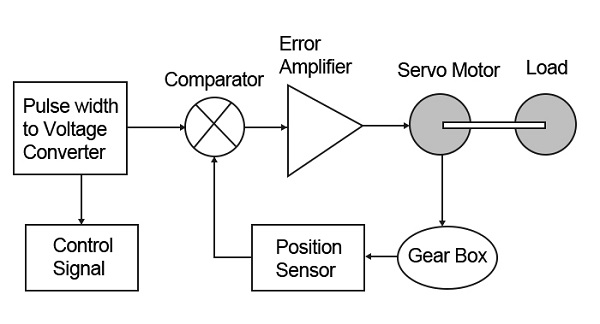
Servomotor is used as an electric actuator to convert electrical signal in to angular displacement or angular velocity on the shaft of the motor. Servo motor consists of two windings. One is permanent magnet rotor and another one is a stator winding. Unlike other motors it rotates from 0 to 180 degree only. In order to generate PWM pulses in terms of duty cycles, microcontroller is used. Hence more accurate control is quietly possible.

In the realm of industrial automation, servo motors play a crucial role in achieving precision and control. These devices are widely utilized in various applications, ranging from robotics to manufacturing processes. While servo motors offer numerous advantages, it is imperative to prioritize safety during their installation, operation, and maintenance. This article outlines essential safety precautions to ensure the responsible and secure use of servo motors.
Prioritizing safety when using servo motors is paramount to prevent accidents, ensure operational efficiency, and prolong the lifespan of the equipment. By understanding the basics of servo motor operation and implementing the outlined safety precautions, users can create a secure working environment that promotes both human and equipment well-being. Regular training, adherence to guidelines, and proactive maintenance contribute to a culture of safety that is essential in any industry utilizing servo motors.
Prioritizing safety when using servo motors is paramount to prevent accidents, ensure operational efficiency, and prolong the lifespan of the equipment. By understanding the basics of servo motor operation and implementing the outlined safety precautions, users can create a secure working environment that promotes both human and equipment well-being. Regular training, adherence to guidelines, and proactive maintenance contribute to a culture of safety that is essential in any industry utilizing servo motors.

Category
Featured Articles
Why Use Servo Motor as Test Load?
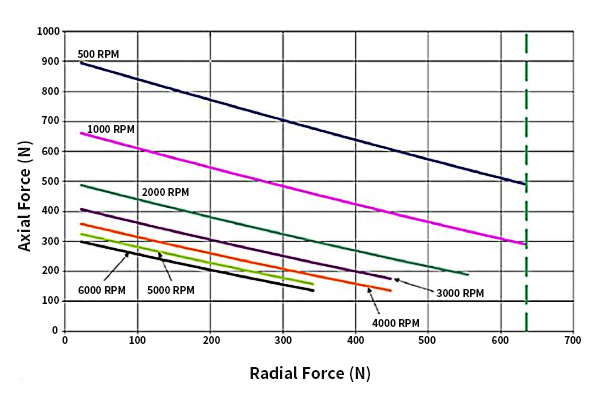 Dynamometer is mainly divided into two parts: cabinet and frame, while the frame mainly has the motor under test, torque speed ...
Dynamometer is mainly divided into two parts: cabinet and frame, while the frame mainly has the motor under test, torque speed ...
 Dynamometer is mainly divided into two parts: cabinet and frame, while the frame mainly has the motor under test, torque speed ...
Dynamometer is mainly divided into two parts: cabinet and frame, while the frame mainly has the motor under test, torque speed ...Troubleshooting of Servo Motor
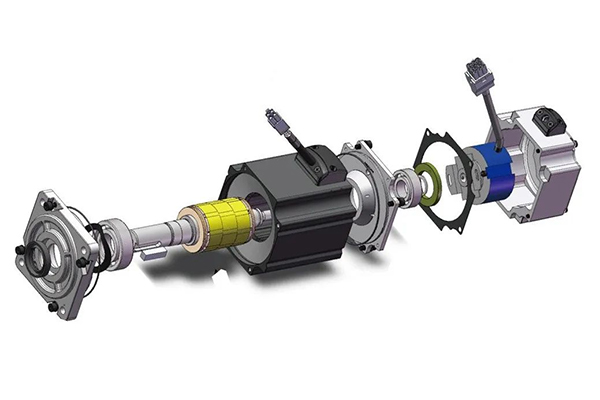 Servo motors play a crucial role in various industrial applications, providing precision control and efficient performance. ...
Servo motors play a crucial role in various industrial applications, providing precision control and efficient performance. ...
 Servo motors play a crucial role in various industrial applications, providing precision control and efficient performance. ...
Servo motors play a crucial role in various industrial applications, providing precision control and efficient performance. ...Difference Between Servo and Stepper ...
 Servo motor and stepper motor are almost used in all automated industries where high precision is to be achieved. Though servo ...
Servo motor and stepper motor are almost used in all automated industries where high precision is to be achieved. Though servo ...
 Servo motor and stepper motor are almost used in all automated industries where high precision is to be achieved. Though servo ...
Servo motor and stepper motor are almost used in all automated industries where high precision is to be achieved. Though servo ...Safety Precaution For Using Servo Motor
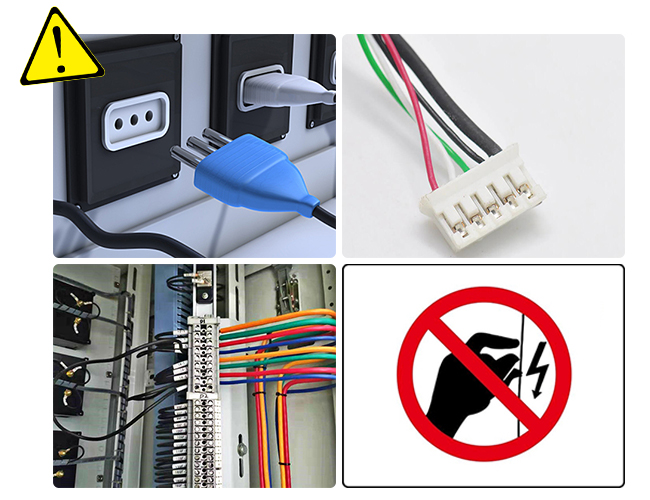 In the realm of industrial automation, servo motors play a crucial role in achieving precision and control. These devices are ...
In the realm of industrial automation, servo motors play a crucial role in achieving precision and control. These devices are ...
 In the realm of industrial automation, servo motors play a crucial role in achieving precision and control. These devices are ...
In the realm of industrial automation, servo motors play a crucial role in achieving precision and control. These devices are ...